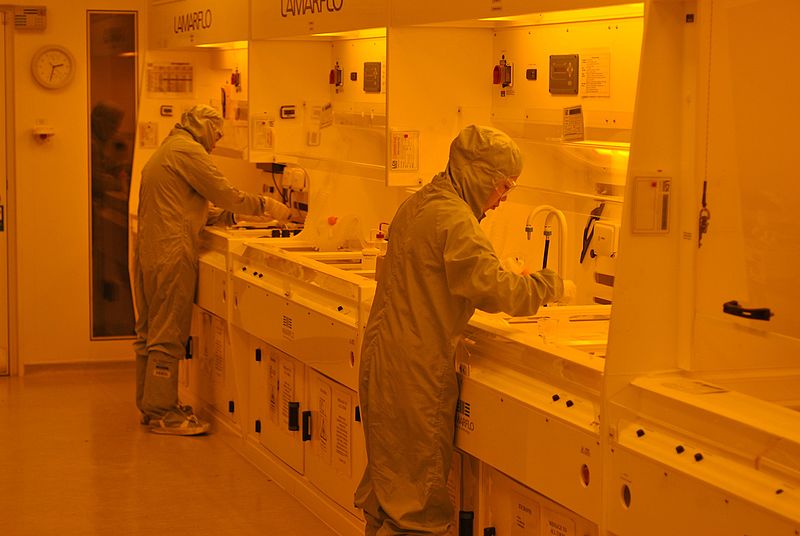Joint health plays a crucial role in maintaining an active and independent lifestyle. As advancements in orthopedic surgery continue, individuals suffering from joint degeneration or injury now have access to highly effective treatment options.
Hip replacement
One of the most transformative surgeries in orthopedic medicine is hip replacement. This procedure is commonly recommended for patients suffering from severe osteoarthritis, rheumatoid arthritis, or traumatic injury that has significantly damaged the hip joint. The goal of the surgery is to remove the damaged components of the hip and replace them with artificial parts made of metal, ceramic, or high-grade plastic.
Typically, a candidate for this surgery has experienced chronic pain, reduced range of motion, and difficulty in daily activities such as walking, climbing stairs, or even sitting. The procedure involves the removal of the femoral head and the acetabulum, which are then replaced with prosthetic components that mimic the natural anatomy of the hip joint.
A successful hip replacement can significantly enhance a patient’s mobility and reduce or eliminate pain. The recovery process usually begins the day after surgery, with physical therapy playing a vital role in regaining strength and function. Patients are encouraged to walk short distances with the assistance of a walker or crutches and gradually increase their activity levels.
One of the main advantages of modern hip implants is their longevity. Many implants now last 15 to 20 years or more, making the surgery a long-term solution for those suffering from debilitating hip conditions. Advances in surgical techniques, including minimally invasive approaches, have also reduced recovery time and improved outcomes.
Knee replacement
Following the discussion on hip surgery, another life-changing orthopedic intervention is knee replacement. This surgery is often necessary for individuals suffering from advanced arthritis or significant joint trauma that impairs movement and causes ongoing discomfort. The knee is a complex joint that bears a substantial portion of body weight, making it vulnerable to wear and tear over time.
During a typical knee replacement procedure, the surgeon removes the damaged cartilage and bone from the surface of the knee joint and replaces it with artificial components. These prosthetics are engineered to replicate the natural movement and structure of the knee, allowing for smoother mobility and a reduction in pain.
Candidates for this surgery often report severe pain that limits daily activities, stiffness, swelling, and deformity of the joint. The decision to undergo surgery usually comes after conservative treatments such as medications, physical therapy, and lifestyle modifications have failed to provide relief.
Postoperative rehabilitation is a cornerstone of successful recovery. Physical therapy typically begins within 24 hours of surgery and focuses on strengthening the muscles around the knee, improving flexibility, and retraining the joint for daily movements. Most patients can resume normal activities within six weeks, although full recovery might take several months.
Anterior cruciate ligament
Among the most common sports-related injuries, a torn anterior cruciate ligament (ACL) can significantly disrupt an active lifestyle. The ACL is a key ligament that provides stability to the knee joint, especially during dynamic movements like jumping, pivoting, and sudden changes in direction. Injuries to this ligament are particularly prevalent among athletes involved in sports such as soccer, basketball, and skiing.
When the ACL is torn, individuals often experience a popping sensation, followed by swelling, instability, and an inability to bear weight. While some may manage with rehabilitation alone, many—especially younger, more active patients—require surgical reconstruction to restore knee function.
Anterior cruciate ligament reconstruction involves replacing the torn ligament with a graft, which is usually harvested from the patient’s own hamstring or patellar tendon. The graft is secured in place using screws or other fixation devices and gradually integrates with the surrounding tissue to form a new ligament.


